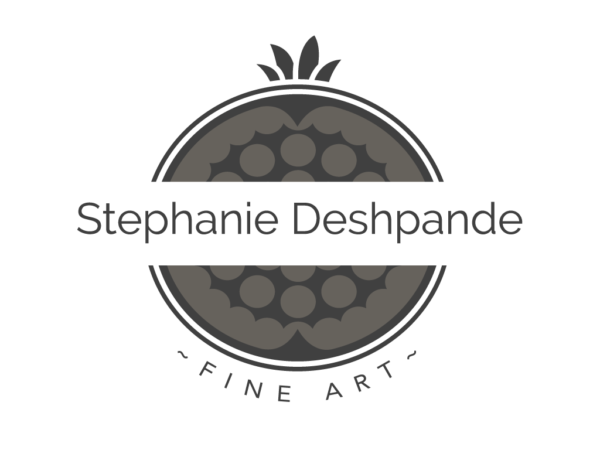David A. Leffel to Qiang Huang
Several years ago when I was at Pearl Paint, I ran across the book, Oil Painting Secrets from a Master by Linda Cateura. I remember the inspiration I felt leafing through the pages and the desire to study the techniques, so I impulsively bought the book. In all honesty, I didn’t do more than flip through it before it ended up in my bookshelf only to be rediscovered years later. This time, however, I took the time to carefully read through each page. David A. Leffel’s instruction helped to clarify the process I usually follow instinctively, but not consciously. His clearly-outlined steps guided me, giving me a new sense of confidence in my approach.
Yesterday, I discovered a new artist that I had not heard of before, Qiang Huang. I was instantly impressed by his daily paintings which have the beautiful painterly quality of Sargent, and the remarkable sensibility of none other than David A. Leffel. I was immediately struck and excitedly told my husband that I recognized Leffel’s influence on his work! I was happy to have my hunch confirmed.
As I read more about Qiang Haung, I found him to be quite an inspiration. He works from 9 to 5 and paints in the evening (just as I do, except that I am not a physicist), and he is still able to produce one beautiful painting a day. The article, Qiang Huang: Myth Buster by Brian Riley provides background information on Huang and reveals many of his techniques. Below is an excerpt from the article:
“As the painting began to feel finished, he stepped back and began asking questions that the painting would answer. Huang’s counsel: “Once you get to the final stage, stop looking at your setup altogether, and just relate to your painting alone. The painting is your teacher.” The following queries spilled forth. “Are the reflections believable?” Huang asked. “Are the light effects consistent with the lighting? Maybe a dark accent is needed. Check to ensure against any color appearing too isolated. If there is some discrepancy found there, add a color echo or some background color to bring harmony. Look for design elements that might be repeated. This is your rhythm and melody. Double-check that the center of focus remains the star of the show. The most important thing to know is when to stop.”
Continue Reading



Diana Moses Botkin
19.06.2011 at 18:10Wonderful work from these masters! Thanks for sharing.
Martin
30.08.2011 at 20:52Thank you for the Qiang Huang Mythbuster link.
Stephanie
31.08.2011 at 12:18I’m glad you like it! It’s a great article.